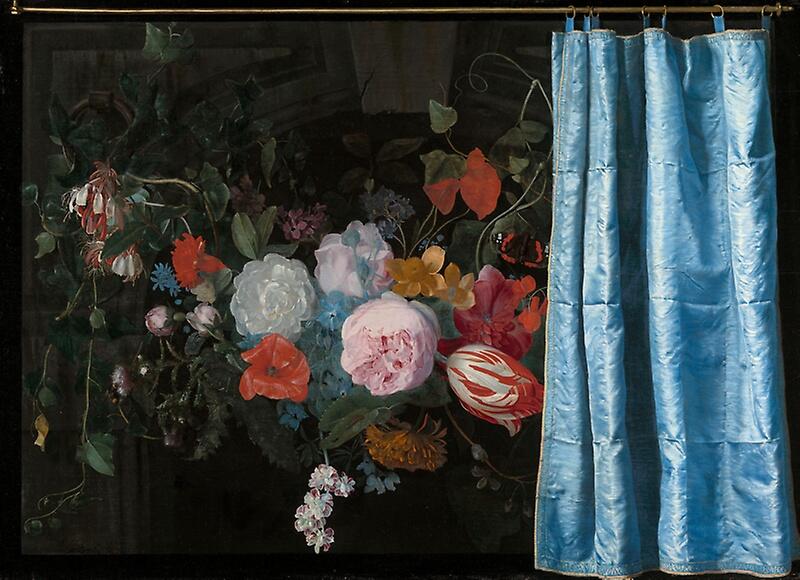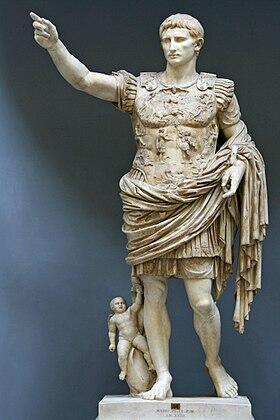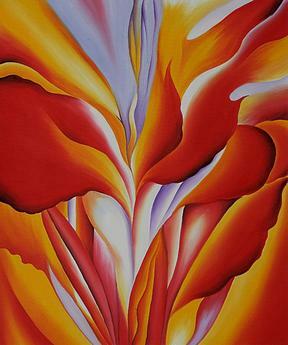Introduction
Different styles of representational art constitute a large portion of all art objects that were ever created by people. A single concept unites them – representational art clearly shows or implies what is depicted in the work (Stokstad and Cothren 2). For example, if an artist wants to paint a rose, the idea of a rose will be present in the painting in one way or another. However, it does not mean that all approaches to representational art resemble reality.
Main body
It is possible to distinguish three styles of representative art: naturalism, stylization, and idealization. First of all, naturalism is the style in which an artist aims to portray a certain view or item as close to reality as possible (Stokstad and Cothren 2). Such lifelike depictions can even be compared to photography with their attention to details, colors, and shadows. For instance, the work of Adriaen van der Spelt and Frans van Mieris, “Flower Piece with Curtain,” is an example of a naturalistic artwork (see fig. 1). Here, one can see that the artists tried to make the painting resemble real objects as much as possible, mimicking reality to the smallest detail.

An idea that drifts away from the necessity to replicate reality towards one’s personal or group beliefs is idealization (Stokstad and Cothren 4). This style does not require the artist to recreate reality as a work of art, but to construct a perfect representation of an object or a person. This idealized version can be based on the standards of the community or culture. Here, a statue of Augustus of Primaporta can be reviewed (see fig. 2). The man’s stature, youth, and physical strength are highlighted in the work, presenting the best image of Augustus according to which he wanted to be remembered.

Conclusion
Finally, the style of representative art farthest from naturalism is stylization. Here, an artist strives towards depicting an object or an event, while focusing on personal emotions towards this subject, its energy, and the creator’s own vision (Stokstad and Cothren 3). Here, forms and colors, while still depicting a particular item or event, are used to portray emotions and energy that the artist feels about the work’s subject. O’Keeffe’s “Red Canna” still depicts a flower but, instead of making it seem realistic, captures its organic nature through bold colors and soft forms (see fig. 3).

Work Cited
Stokstad, Marilyn, and Michael Cothren. Art: A Brief History. 6th ed., Pearson, 2015.